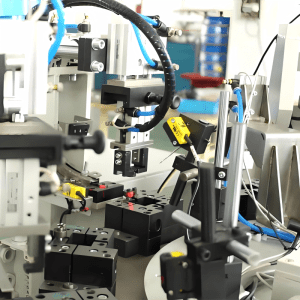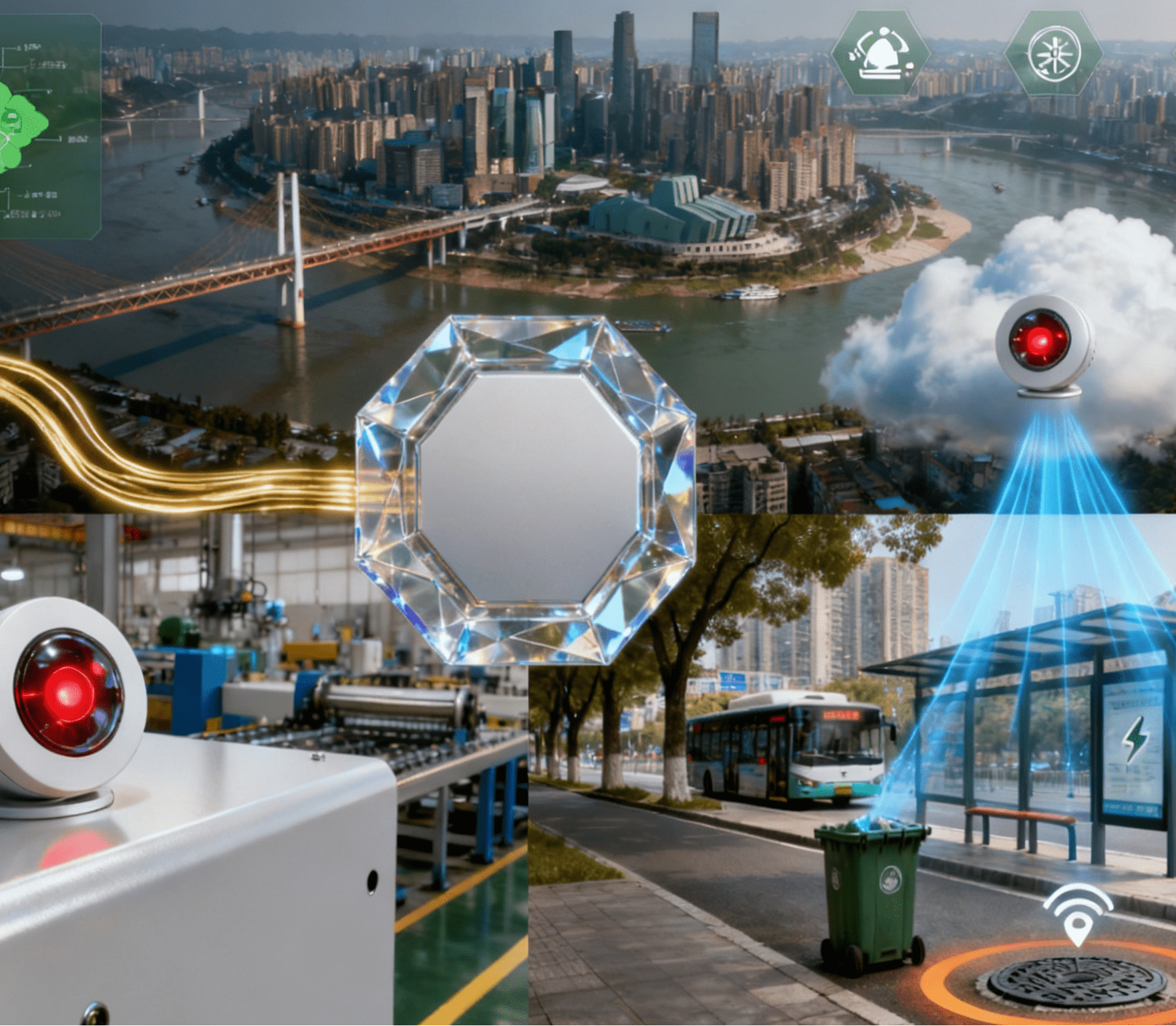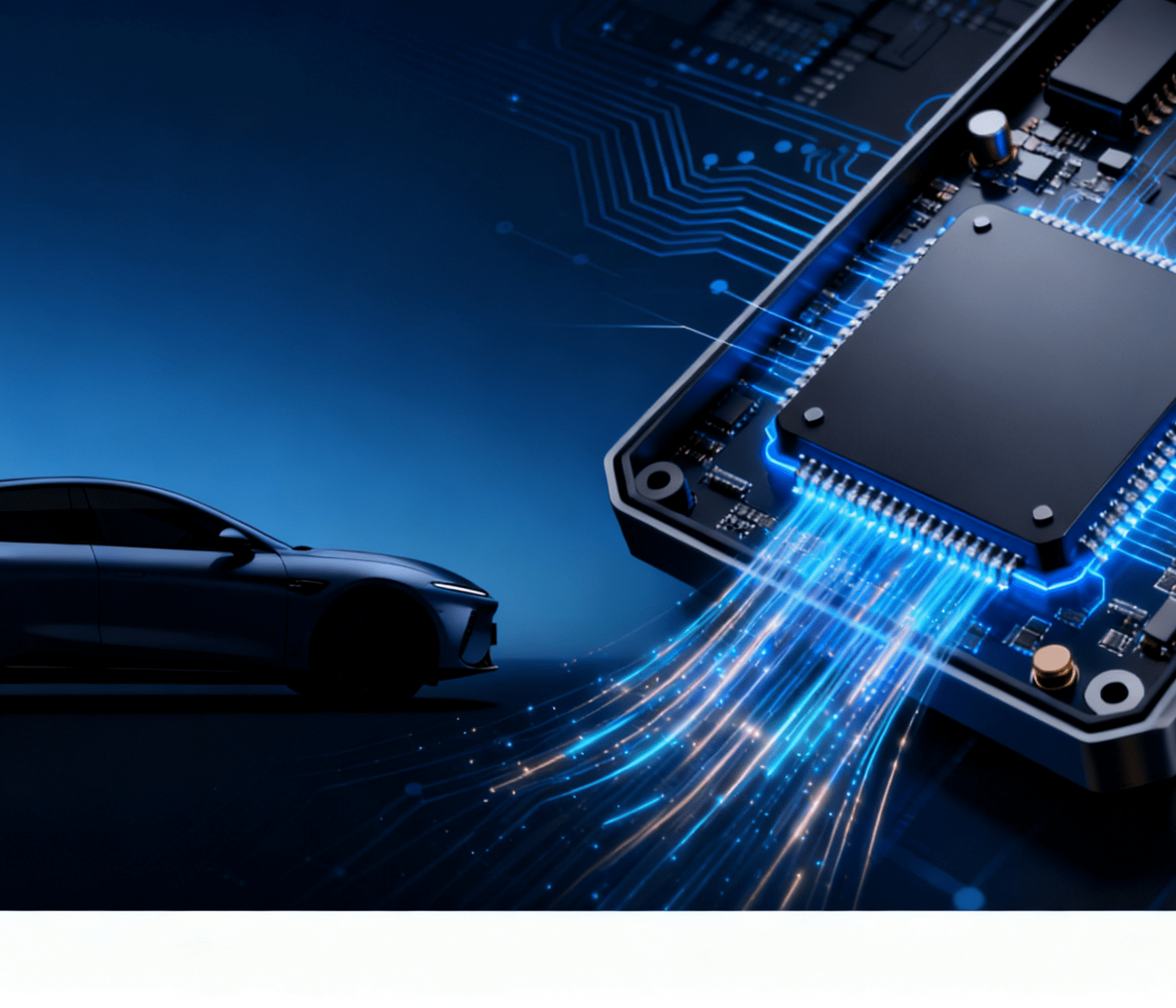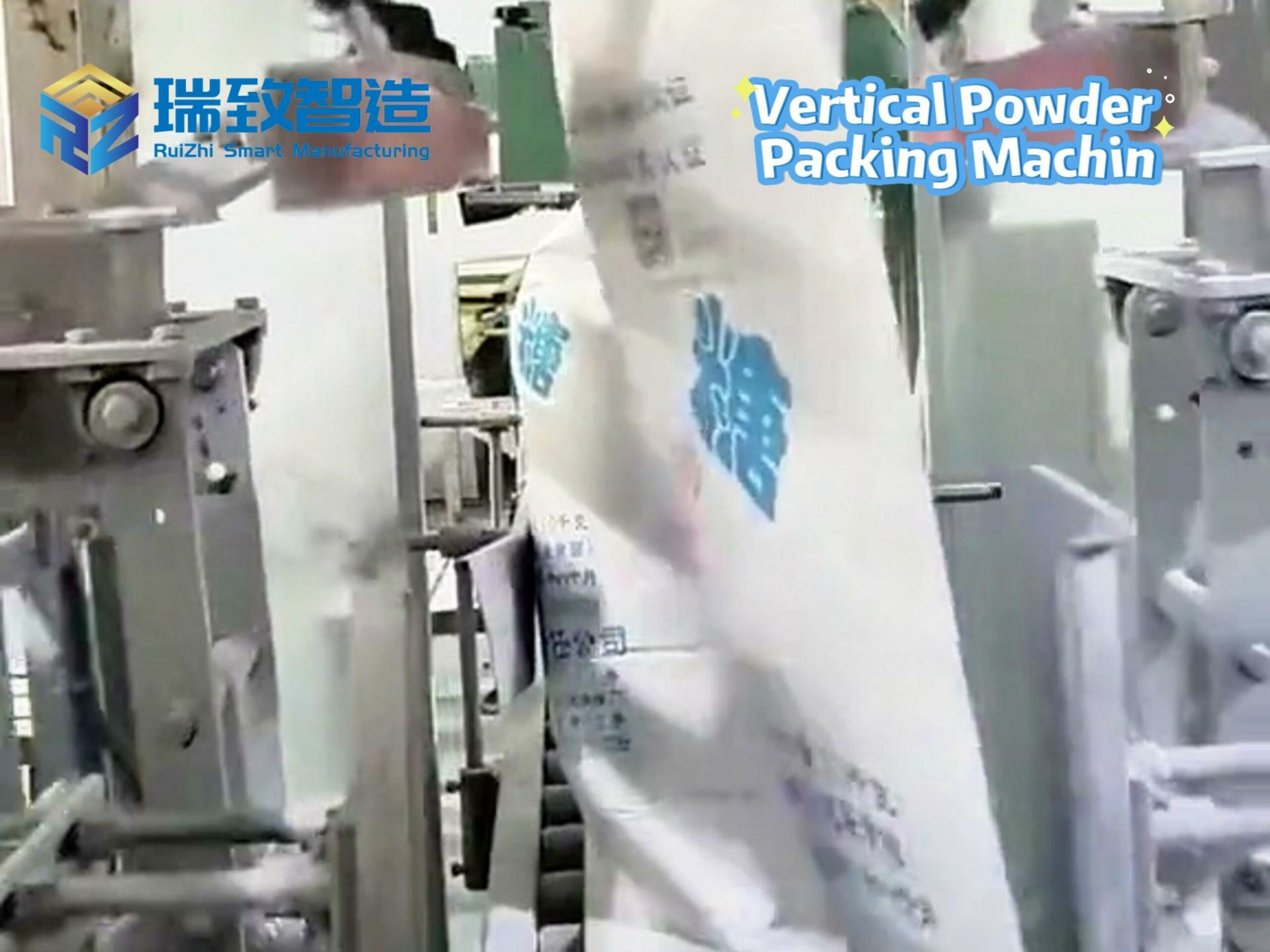The non-standard automation equipment industry is undergoing profound structural changes

In the era of rapid global industrial transformation towards intelligence, the non – standard automation equipment industry is at the epicenter of a seismic structural overhaul. This industry, once seen as a niche segment, is now catapulted into the spotlight, acting as a linchpin in the global manufacturing ecosystem. As industries across the board strive to enhance efficiency, adapt to diverse production demands, and meet the ever – rising standards of quality, non – standard automation equipment has emerged as the go – to solution. Its evolution is not only a testament to technological advancements but also a response to the complex and dynamic market forces that are reshaping modern manufacturing. This exploration delves deep into the market prospects, technological frontiers, and development trends that are defining the future of non – standard automation equipment.
In the wave of global industrial intelligent transformation, the non – standard automation equipment industry is undergoing profound structural changes.
Market Scale Expansion and Driving Factors
Continuous Expansion of the Global Market and Regional Differences
In 2024, the market size of non – standard automation special machines in China reached 64.08 billion yuan, and it is expected to exceed 104.57 billion yuan by 2030, with a compound annual growth rate of 6.94%. Globally, the market size is expected to exceed 500 billion US dollars in 2025, and high – end manufacturing fields such as new energy, semiconductors, and medical equipment have become the main growth poles. Taking the new energy industry as an example, the annual average growth rate of the demand for non – standard liquid injection equipment for lithium battery production reaches 25%, and the annual production capacity of a single device can exceed 1 GWh.
Regional markets show characteristics of differentiation and coordination: China accounts for 35% of the global market share, and the Yangtze River Delta and the Pearl River Delta gather 60% of non – standard equipment enterprises in the country; Europe and the United States focus on high – value – added fields such as precision machining, and German enterprises have a market share of more than 40% in precision machinery processing equipment; Japan maintains a leading technological position in the field of electronic manufacturing equipment; emerging markets such as India and Southeast Asia have increased the localization rate of supporting non – standard equipment to 30% by undertaking industrial transfer.
Dual Driving Forces of Policy Dividends and Industrial Upgrading
Strategic plans of various countries have injected a shot in the arm into the industry: China’s “14th Five – Year Plan” has listed intelligent manufacturing equipment as a key development direction and provides relevant enterprises with a maximum R & D subsidy of 20%; the EU’s “Chip Act” plans to invest 43 billion euros, driving a 15% increase in the demand for non – standard semiconductor equipment; the United States’ “Inflation Reduction Act” reduces the procurement cost of new energy non – standard equipment by 10% – 15% through tax credit policies. Under the guidance of policies, the demand for automation transformation in the manufacturing industry has been concentratedly released.
Technological Evolution and Industrial Transformation Trends
Deep Integration of Intelligence and Digitization
Penetration of AI Technology in Scenarios**: AI algorithms have achieved remarkable results in optimizing production processes. A domestic chemical enterprise has reduced energy consumption by 12% by dynamically adjusting the temperature control parameters of the reaction kettle through AI; the visual inspection system based on deep learning can complete high – precision inspections of more than a hundred dimensions within 0.5 seconds, and the missing inspection rate has been reduced from 0.3% to 0.01%.
Empowerment of 5G and Industrial Internet**: 5G communication enables millisecond – level data interaction between devices. A logistics sorting center has increased the sorting efficiency to 10,000 pieces per hour with an accuracy rate of 99.98% by virtue of 5G + digital twin technology; the digital twin technology has advanced the equipment failure early warning time by 30 days, and an automobile manufacturing plant has shortened the average downtime by 70% through a virtual simulation system.
Upgrading of Modular Design and Flexible Production
Innovation of Plug – and – Play Architecture**: The standardized interface supports the rapid switching of 10 types of functional modules. The equipment function expansion cycle of an electronic component manufacturer has been compressed from 6 months to 2 weeks;For example,Automated Quality Inspection Equipment for Sanitary Ware Assembly, tShower Head Assembly Equipment, bathroom fixture assembly equipment, toilet assembly lines, etc. In the automotive category, there are Contactor Assembly Machines, Fuse Assembly Machines, etc. the multi – axis robotic arm integrates force control feedback and adaptive algorithms and can complete the production switching of 12 types of automotive wiring harnesses within 15 minutes, increasing the efficiency by 70%.
Rapid Iteration through Parameterization**: The production equipment for new energy batteries has shortened the new product introduction time from 48 hours to 4 hours through parameterized configuration, significantly improving the response speed of small – batch and multi – variety production.
Orientation of Green Manufacturing and Sustainable Development
Breakthroughs in Energy Efficiency Optimization Technologies**: The energy – saving transformation of the servo system has reduced the energy consumption of the injection molding machine by 42%, saving more than 800,000 yuan in electricity bills annually; a waste plastic recycling device has saved 35% of energy compared with traditional processes through the AI energy distribution algorithm, reducing carbon emissions by 8,000 tons annually.
Integration of Environmental Protection Processes**: Medical equipment adopts a laminar flow purification system and ultraviolet sterilization technology, and the cleanliness of the production environment reaches Class 8 standard; non – standard equipment for circular economy realizes 100% recycling of materials such as PP and PE, promoting the transformation of the manufacturing industry towards a low – carbon direction.
Reconstruction of the Competitive Landscape and Industrial Ecology
Strengthening of Technical Barriers of Leading Enterprises
International giants maintain a leading position in the high – end market. Enterprises such as Siemens and ABB account for 60% of the share of precision machining equipment, and the positioning accuracy of their five – axis linkage machine tools reaches ±0.001mm. Domestic enterprises are accelerating their breakthroughs. Inovance Technology has exceeded a market share of 25% in the servo system field, and the product cost is 30% lower than that of imported brands; Efort has achieved large – scale application of the collaborative robots developed through industry – university – research cooperation.
Differentiated Competition of Specialized, Sophisticated, Special and New Enterprises
A number of hidden champions have emerged in niche fields. Wuhan Gangdi Technology has a market share of more than 40% in non – standard equipment for port machinery, and its shield machine automation system has broken foreign monopolies; start – up enterprises in emerging fields such as AI visual inspection and micro – nano processing have shortened the technology iteration cycle by 50% compared with traditional enterprises, becoming a source of innovation vitality in the industry.
Acceleration of Vertical Integration of the Industrial Chain
Leading enterprises improve their ecological layout through mergers and acquisitions. Fanuc acquired the AI company Predikto and embedded predictive maintenance technology into the full life cycle management of equipment; domestic enterprises have strengthened industry – university – research collaboration. The semiconductor wafer inspection equipment jointly developed by Huazhong University of Science and Technology and local enterprises has entered the supply chain of Semiconductor Manufacturing International Corporation.
A Future Picture with Both Challenges and Opportunities
Bottlenecks of Core Technologies and Talents
The localization rate of key components such as precision sensors and high – end controllers is less than 30%, and relying on imports has pushed up the manufacturing cost. The industry faces a shortage of 400,000 compound engineers, and cross – border talents with knowledge of mechanical design, AI algorithms, and industrial Internet are particularly scarce. It is recommended that enterprises increase R & D investment and establish a joint training mechanism between universities and enterprises to break through the “neck – stuck” technologies.
Opportunities in Emerging Markets and Globalization
The expansion of electronic manufacturing capacity in Southeast Asia has driven a 20% increase in the demand for non – standard equipment. It is recommended that enterprises set up regional R & D centers to provide localized solutions; the upsurge of new energy investment in the Middle East has given rise to the demand for photovoltaic module equipment. A Chinese enterprise has occupied 30% of the local market share through customized welding equipment.
Typical Application Scenarios and Technological Breakthroughs
Non – standard automation equipment has been upgraded from a production auxiliary tool to a core engine driving industrial transformation.
As we peer into the next decade, the non – standard automation equipment industry stands on the cusp of a new era. The trends of intelligence, modularization, and globalization will converge to create a landscape where innovation is the currency of success. The challenges of core technology bottlenecks and talent shortages, though formidable, present opportunities for strategic investment and collaboration. Enterprises that can navigate these challenges, leveraging technological integration, green manufacturing imperatives, and global market dynamics, will be the ones to shape the future of this industry. They will not only redefine the role of non – standard automation equipment in industrial production but also lay the groundwork for a more efficient, sustainable, and competitive global manufacturing ecosystem. The journey ahead is filled with both perils and promises, and it is up to the industry players to seize the moment and drive this transformative wave forward.




















